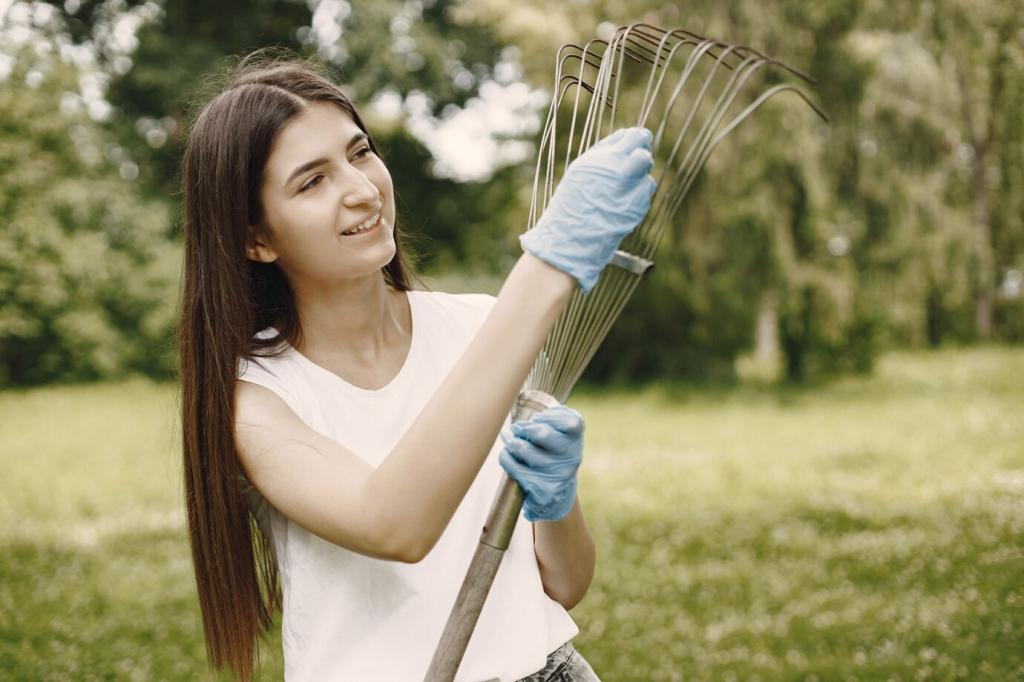Know Your Materials to Care Sustainably
From lacquered oak to oiled walnut, and from linen blends to recycled polyester, naming the finish or fiber first prevents damage, conserves resources, and avoids unnecessary product trials.
Know Your Materials to Care Sustainably
Microfiber cloths, natural-bristle brushes, and lint rollers with refillable cores deliver excellent results using less product and water. Durable, repairable tools reduce plastic waste and make consistent maintenance easier.
Know Your Materials to Care Sustainably
When my neighbor rescued a scratched oak coffee table, we tested a hidden corner, cleaned gently, and used a walnut rub before waxing. The glow returned, and replacement plans vanished, saving money and emissions.




